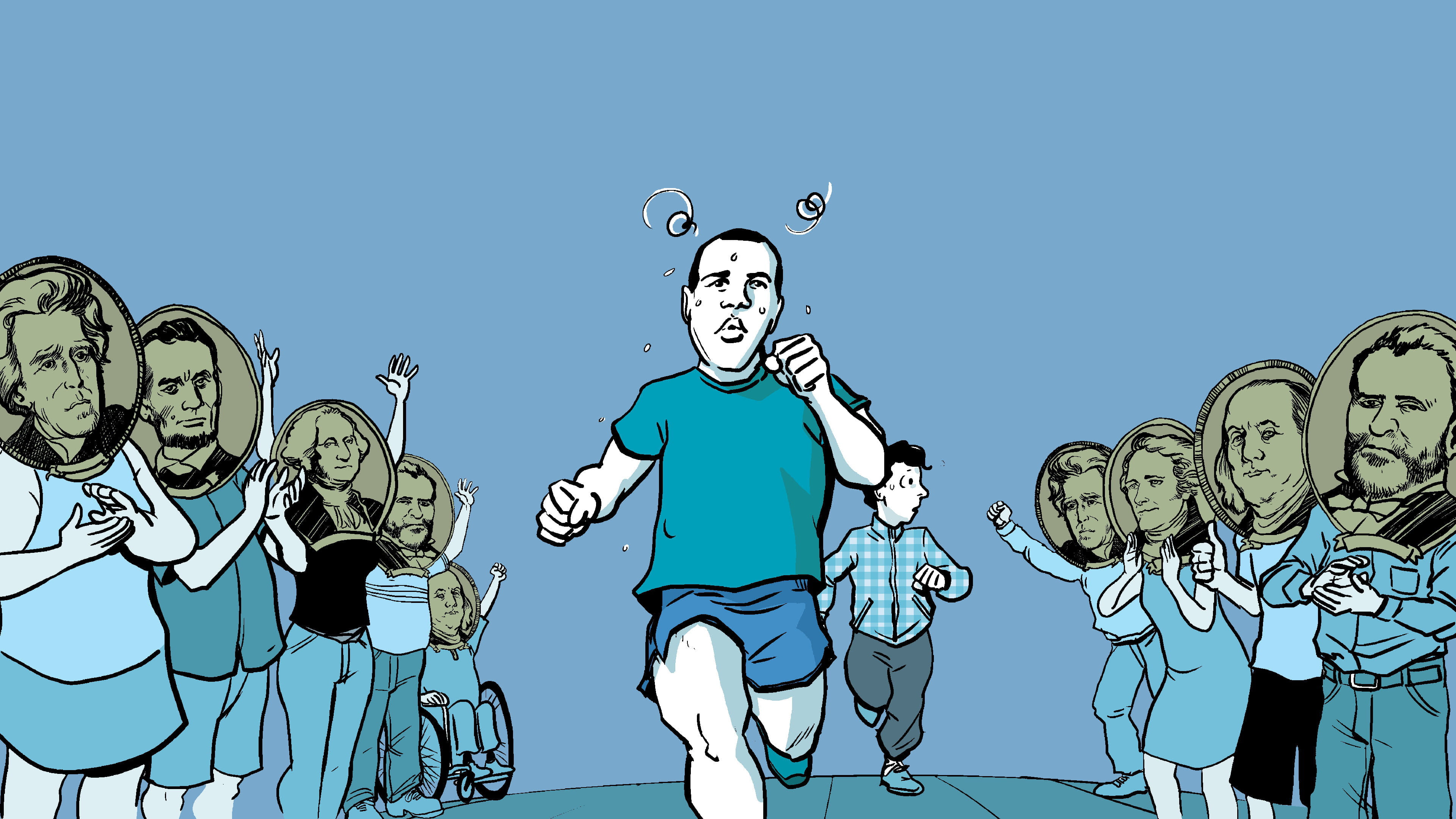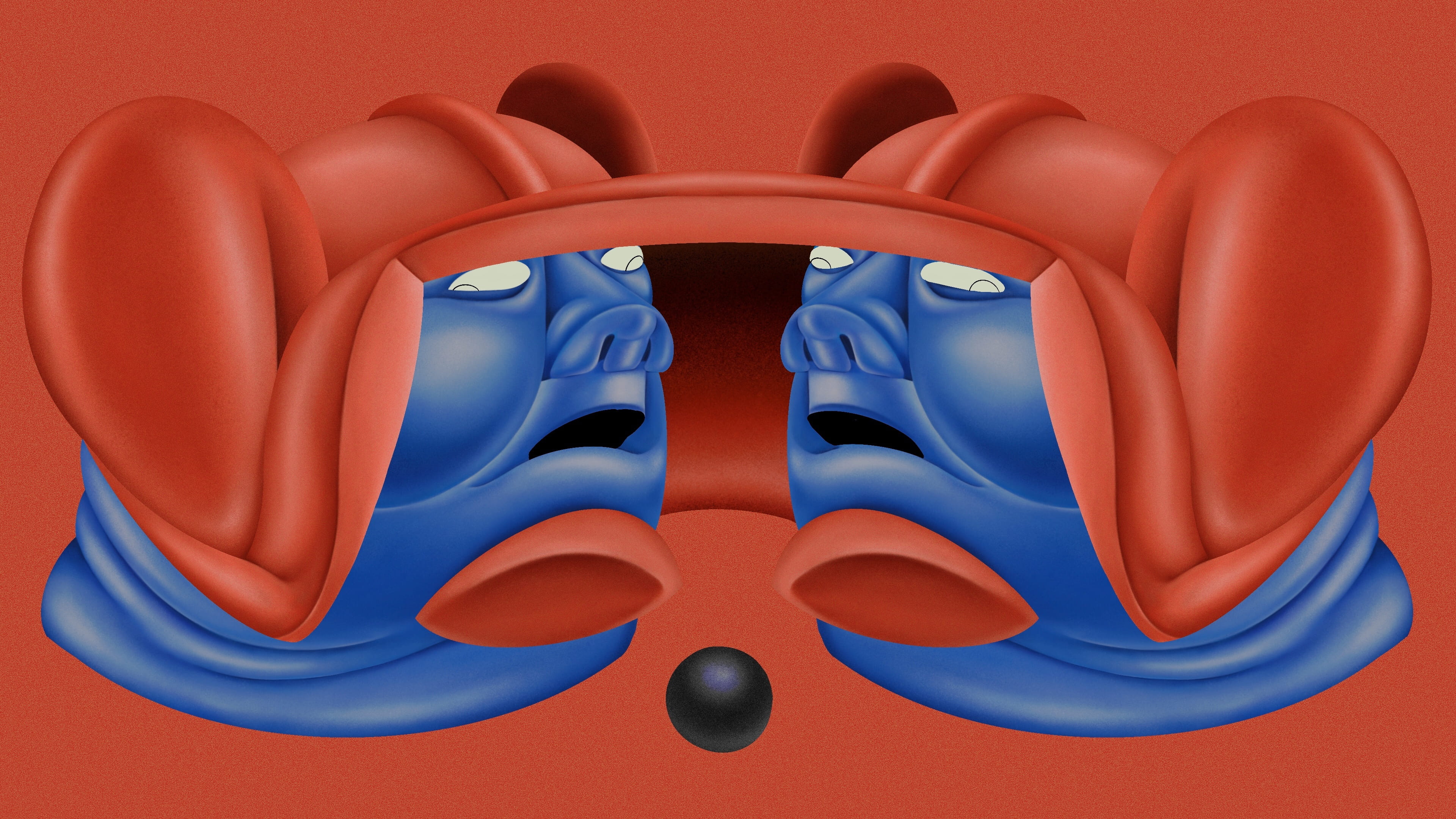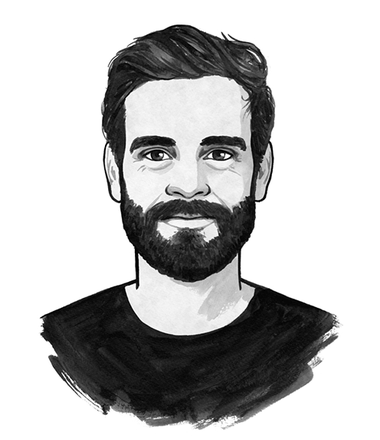
Since Cave lost his teenage son in a tragic accident in the UK, I’ve paid attention to how he has digested his grief. And when I open the latest edition of his email, Red Hand Files, I feel like I am passing through his kitchen as he is talking to a colleague, friend, fan or neighbour: just enough to feel the warmth of a stove top, of conversation and of feeling. Cave told a fan in the past that only he opens these fan emails. He reads 50 of these questions or stories a day, choosing one to republish and reply to.
Some of them are long, and sad, and ask him about his music, or share their experiences of it, and probe into his sadness and survival. Others are brilliantly brief: there was one from a man in Greece who asked Cave about some gossip and whether he had been with Kanye West (Cave writes back: "Dear Vassilis, No. Love, Nick").
One other delight of a correspondence came from Mike in Birmingham, after fans had started a crowdfunding service for Nick Cave to get a Fazioli piano: “Why don’t you just buy your own fucking piano, you cheap c**t” – to which the musician signed off his email: "Mike is right, God bless him, I really should just buy my own piano. Love, Nick." If you’re looking for community, this is it.
Nabeelah, conversation editor

Few articles illustrate this as well as this piece from The Atlantic that reads like a movie script. The story of a young woman who sits at the heart of an alt-right social media movement unpicks all the strands that come together to form such nationalist movements and shows how, in the end, so much hatred of fellow humans is about fear and fragility.
Nesrine, Better Politics correspondent

Roshni talks about the mind-blowing damage that lack of sleep can do to everything from the brain to the heart – particularly relevant given the havoc Covid-19 has wreaked on our circadian rhythms. She exhumes the forgotten story of "sleepy sickness" that coincided with the Spanish flu and afflicted 1.6 million people with either too much sleep or none at all.
Has Covid-19 come with its own version of encephalitis lethargica? Read on to find out. But also do enjoy the sheer brilliance of Roshni’s prose – each word so delicately placed along the next as if a master horologist were arranging time itself. Who knows? It may just coax you to call it a night.
Tanmoy, Sanity correspondent
The best of The Correspondent
 Why the US political system is designed to elect the best fundraisers, not the best candidates
With the 2020 US elections set to cost a staggering $11bn, we know that American politics works for the wealthy and powerful. So what is it like to take on a rigged system if you’re the underdog without money and the right connections?
Why the US political system is designed to elect the best fundraisers, not the best candidates
With the 2020 US elections set to cost a staggering $11bn, we know that American politics works for the wealthy and powerful. So what is it like to take on a rigged system if you’re the underdog without money and the right connections?
 Why surrendering to death, grief and loss is fundamental to reimagining how to live
We’re uncomfortable with death – we either run from it or approach it with a stiff upper lip. But the pandemic has confronted us with our own mortality, making it clear we lack the tools and techniques to deal with such immense loss. So to live a life not crippled by fear, we have to be able to face our fear of dying.
Why surrendering to death, grief and loss is fundamental to reimagining how to live
We’re uncomfortable with death – we either run from it or approach it with a stiff upper lip. But the pandemic has confronted us with our own mortality, making it clear we lack the tools and techniques to deal with such immense loss. So to live a life not crippled by fear, we have to be able to face our fear of dying.
 Four radical ways the media can protect US democracy from Trump
Donald Trump consistently spreads lies about the coronavirus and actively tries to undermine public confidence in the results of the election. When US democracy is at stake, the media needs a new way of doing journalism.
Four radical ways the media can protect US democracy from Trump
Donald Trump consistently spreads lies about the coronavirus and actively tries to undermine public confidence in the results of the election. When US democracy is at stake, the media needs a new way of doing journalism.


